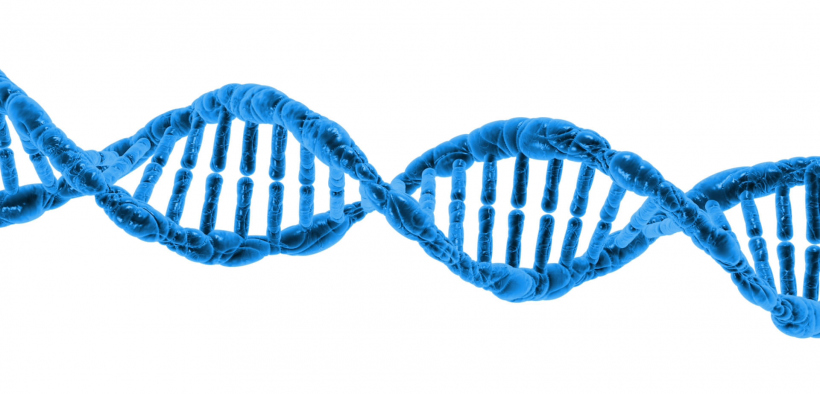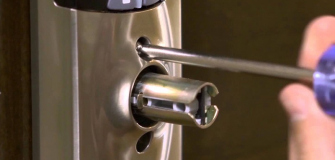10 Things You Didn’t Know About DNA
Share

DNA (or Deoxyribonucleic Acid) is an incredible molecule that contains all the genetic information and instructions that make a living thing unique. Without it, life as we know it couldn’t exist. Every living organism on Earth has DNA, and scientists are still discovering new things about it every day.
Here are 10 interesting things that you (probably) didn’t know about DNA.
DNA was discovered in 1869
DNA was first identified in 1869 by a Swiss chemist called Friedrich Miescher. Contrary to popular belief, it was not discovered by James Watson and Francis Crick in the 1960s – although the pair of Nobel Prize-winning scientists did discover the now-famous ‘double-helix’ structure of the DNA molecule. DNA testing as we know it today was first used in the 1980s.
The first criminal conviction using DNA happened in 1986
DNA evidence was used to convict the notorious serial killer Colin Pitchfork in 1986. A new technique is then known as ‘DNA fingerprinting’ was used to connect Pitchfork to a series of murders and sexual assaults. He was sentenced to life in prison on 22nd January 1988.
A complete set of DNA is called a Genome
An organism’s complete set of DNA with all of its genes is known as a genome. Scientists successfully mapped the human genome in 2003, which contains over 3 billion base pairs of DNA!
Mapping the entire human genome required a huge international effort and 13 years of work – the Human Genome Project was one of the largest scientific collaborations in history that ran from 1990 to 2003.
Over 99.9% of your DNA is identical to everyone else’s
Regardless of where you were born or your ethnic background, all humans share the vast majority of their DNA in common. The remaining 0.01% contains all the genetic information that makes you unique. You also have around 98% of your DNA in common with a chimpanzee!
If you could uncoil all the DNA in your body, it would be 10 billion miles long
That could reach all the way to Pluto and back! If you sat at a keyboard typing 60 words per minute for eight hours a day, it would still take 50 years to type the entire human genome!
Your DNA may be complex, but it’s made from just 4 basic building blocks
Your DNA contains a phenomenal amount of information, but it’s all composed of just 4 basic building blocks known as nucleotides. They are adenine, guanine, thymine, and cytosine.
8% of your DNA comes from viruses
DNA is a fragile molecule that is suspectable to damage and mutation. In many instances, it can repair itself, but sometimes the damage is permanent. For example, some viruses can overwrite parts of your DNA with its own – this new DNA is then passed on to your children. Over the course of thousands of generations, humans have accumulated so much virus DNA that it makes up about 8% of our total DNA!
It sounds worrying, but most of the changes are harmless and some are even beneficial.
Identical twins share 100% of their DNA
Because identical twins form from the same fertilized egg, they have identical DNA profiles. Fraternal (non-identical) twins, on the other hand, are no more alike than any other pair of full siblings.
Although they share the same DNA, identical twins do not share fingerprints. The patterns of grooves & ridges on your fingertips form randomly in the womb. You can read more about DNA and twins in this article.
Not all of your cells contain DNA
The majority of cells in the human body contain DNA, but one notable exception is red blood cells. These cells don’t have a nucleus and therefore don’t contain any DNA. However, scientists can still extract DNA from your blood by analyzing your white blood cells.
There is a hard drive full of DNA on the International Space Station
The so-called “Immortality Drive” contains digitized versions of the DNA profiles of various celebrities – including physicist Stephen Hawking and US TV host Stephen Colbert. The Immortality Drive was sent up to the International Space Station in October 2008. Its purpose was to preserve human DNA if there was ever a catastrophic event down on Earth.









